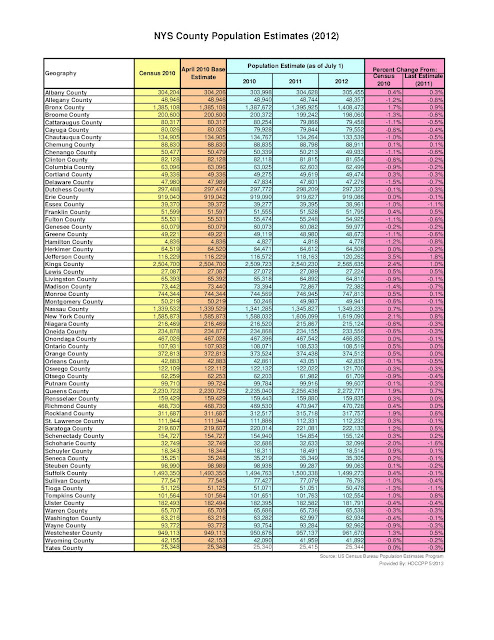 Michael G. Planty, Ph.D., chief of victimization statistics
at the Bureau of Justice Statistics (BJS), appeared on C-SPAN’s America by the
Numbers on May 31, 2013. He described the latest trends in school crime and
presented data on homicides and suicides at school, nonfatal violent and
property crime, injuries from firearms and other weapons on school property,
bullying, gangs, illegal drugs, and hate crimes at school. He also described
trends in school discipline, safety, and security measures.
Michael G. Planty, Ph.D., chief of victimization statistics
at the Bureau of Justice Statistics (BJS), appeared on C-SPAN’s America by the
Numbers on May 31, 2013. He described the latest trends in school crime and
presented data on homicides and suicides at school, nonfatal violent and
property crime, injuries from firearms and other weapons on school property,
bullying, gangs, illegal drugs, and hate crimes at school. He also described
trends in school discipline, safety, and security measures.
Two of the more
interesting trends appear to be that (a) violence and theft have been declining
in school settings since about 1992; and (b) since the year 2000, school
security measures have been on the rise in schools. A pdf covering all of the basics of the report can be found on the BJS website. A
couple of the more interesting graphs appear below.
|
|
As noted, one of the topics covered was also school safety
measures implemented in the last ten years or so. These include everything from
student uniforms, staff ID cards, security cameras and armed security officers
in schools. This graph shows the increases
from 2000 through 2010 in these (and other) safety measures.
 |
| Click to Enlarge |
You can view more of the data in the preliminary
tables from the forthcoming report Indicators of School Crime and
Safety, 2012, located on the National
Center for Education
Statistics’ (NCES) website. The report is based on findings from several BJS
and NCES data collections, including the School Crime Supplement to the
National Crime Victimization Survey, the Youth Risk Behavior Survey, the School
Survey on Crime and Safety, and the School and Staffing Survey. The link wasn’t
ready when I first checked it earlier today but should be active soon !
Another source for national data can be found in the 2012 Statistical Abstract for the United States, in their School Crime and Safety
section. Their data covers incident reporting, disciplinary behaviors, weapons
at school, bullying, and selected safety measures at schools.
Locally, the Teen Assessment Project (TAP), conducted
through the Herkimer and Oneida Counties Comprehensive Planning Program (HOCCPP),
contains a variety of data from local teens about their experiences in school,
home and the community, including bullying, violence, and many other topics.
The latest Oneida County version of the TAP
was done in 2011; the most recent Herkimer County TAP survey was
conducted in 2013. However since that data hasn't been analyzed yet, your best bet for Herkimer County TAP data is the 2009 survey results. Once the 2013 Herkimer County TAP data is analyzed a report of its findings, along with all of the TAP survey reports, will be found on the Human Service Planning page of HOCCPP.













































